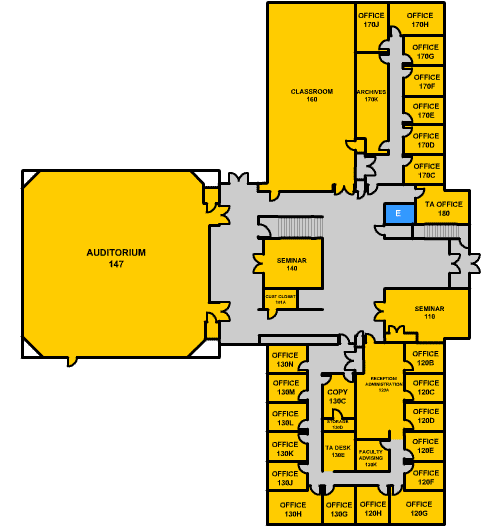3943 Stevens Way, Seattle, WA 98195
Architecture Hall was designed in 1907 by Howard & Galloway of San Francisco as a chemistry building, but served as the Fine Arts Palace for the 1909 Alaska-Yukon-Pacific Exposition(AYPE). In 1937, when the Department of Chemistry moved to the new Bagley Hall, it was renamed Physiology Hall, as the Department of Physiology occupied most of the building. In 1950 the Department of Architecture moved into the building and it was given the name Architecture Hall. Architecture Hall was remodeled by Thomas Hacker & Associates in 2006-2007, a process that included opening up the studio spaces on the second floor and the creation of a glazed exhibition and review space. The building now houses the Department of Construction Management, Department of Architecture studios, faculty offices, and university classrooms.
Building Hours
Public Hours
Monday – Friday, 8:00 am – 5:00 pm
Building Hours
Monday – Thursday, 8:00 am – 7:30 pm
Friday, 8:00 am – 5:00 pm
Special events hours as required
Closed on University holidays and academic breaks
Driving + Parking
Driving Instructions
Parking
Disability Parking
Disability Services
UW Disability Services Office
ADA Access Guide
Disability Parking
Rooms
Architecture Hall G042, 110, 140 and 250
Architecture Hall G070, 160, 147 (Classroom Support Services managed)
Special features
G051, ArchNet
G052, Design Machine Group (DMG)
120, Department of Construction Management Office
147, Architecture Hall Auditorium
240, The Buzz Coffee Shop
Safety Information
Emergency assembly areas
(Campus Map):
C-7 Parking Area, C-7 Parking Area
Fire Safety & Evacuation Plan
[/section]
No content for this section. Make sure you wrap your content like this:
Content here
Transportation options
Sound Transit Link Light Rail



